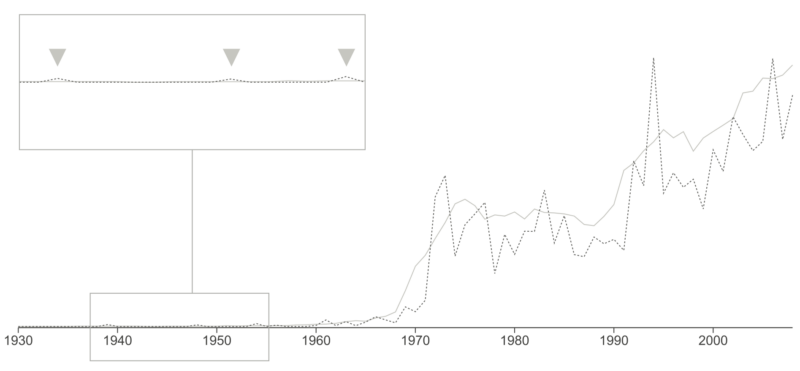Metaphors are a widely used resource for interface design and analysis. Based on Lakoff and Johnson’s seminal work on metaphor, Barr (2002) developed a model that acknowledges three types of metaphors commonly used by designers to give individuals who interact with an interface a sense of its logic from first sight and to scaffold their understanding of it and its general affordances for action. These are known as orientation, ontological, and structural metaphors. As an addition to Lakoff and Johnson’s taxonomy of metaphors, Barr proposed two supplementary metaphors that derive from the structural, which he called element and process metaphors. Generally speaking, it is possible to assert that the first group of metaphors assists a user in becoming acquainted with the function of the interface, and the second group, added by Barr, relates to the actual operation of that interface. During the analysis of the collected data, it was found that those participants who took what was termed a “reflexive” stance towards the Workflow interface tended to assess the appropriateness of the orientation, ontological, or structural metaphors only. Those participants who decided to take what was termed an “active” stance tended to address issues related to element and process metaphors of the interface instead. In the current INKE prototype design cycle, lower-fidelity digital prototypes have been favoured over low-fidelity paper or pdf-based prototypes as an experiment in interface design and testing. The findings of this study suggest that prototype testing for digital humanities experimental software could productively include one more step in the interface development protocol, prior to the digital prototype stage. The purpose of this phase would be the exploration, proposition, or assessment of possible metaphors at a conceptual level with actual user groups working on low-fidelity representations of the interface. In this stage, based on user group expertise of the editorial process, the participants might participate in focusing the design team towards which resources for meaning-transference are more suitable for the task. After this design process, a digital prototype would then be created to test the congruency between the structural metaphors initially chosen and the actual operation of the interface (e.g., De Souza et al., 2001, Nadin, 2001, Reilly et al., 2005). Our findings suggest that such approaches would be valuable for use in humanities-oriented software prototyping as well.
The full text of this conference can be found here.

